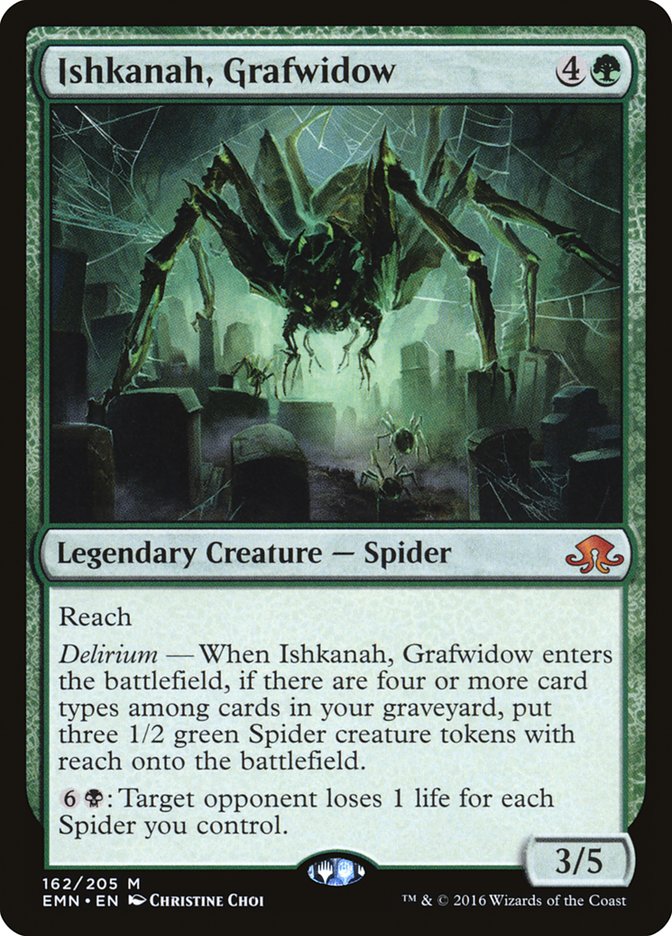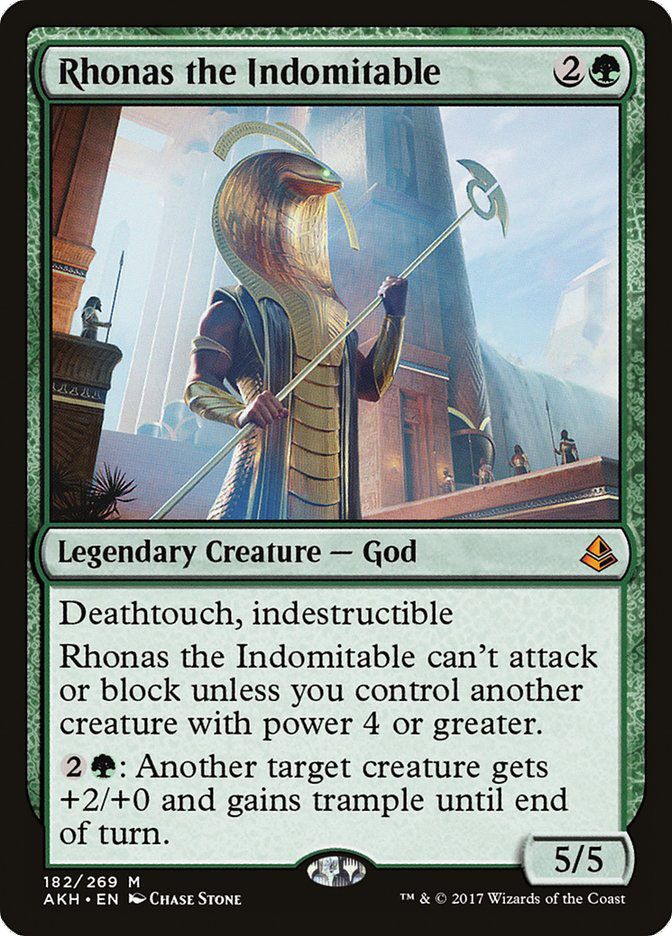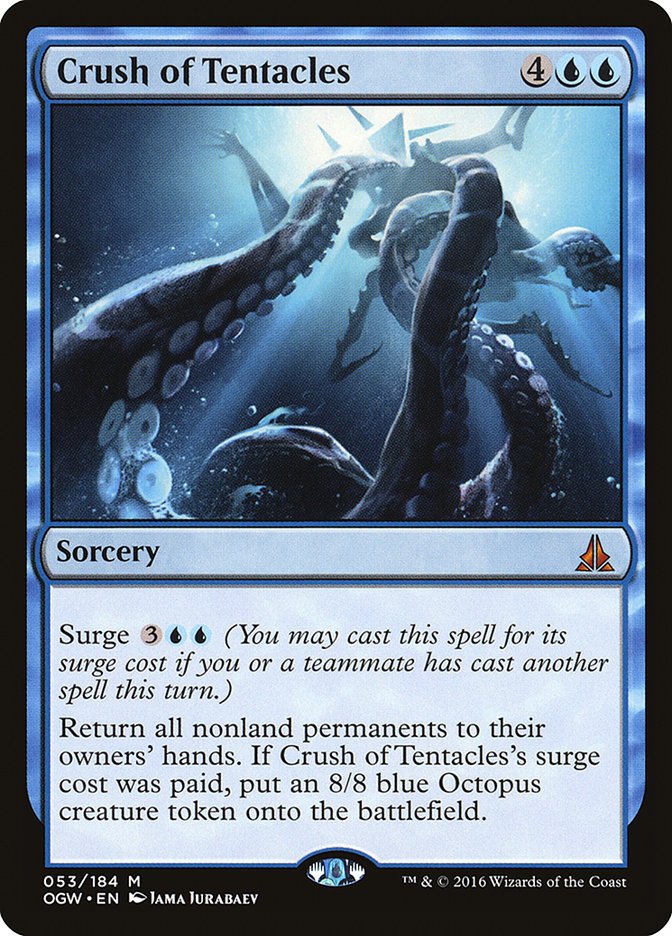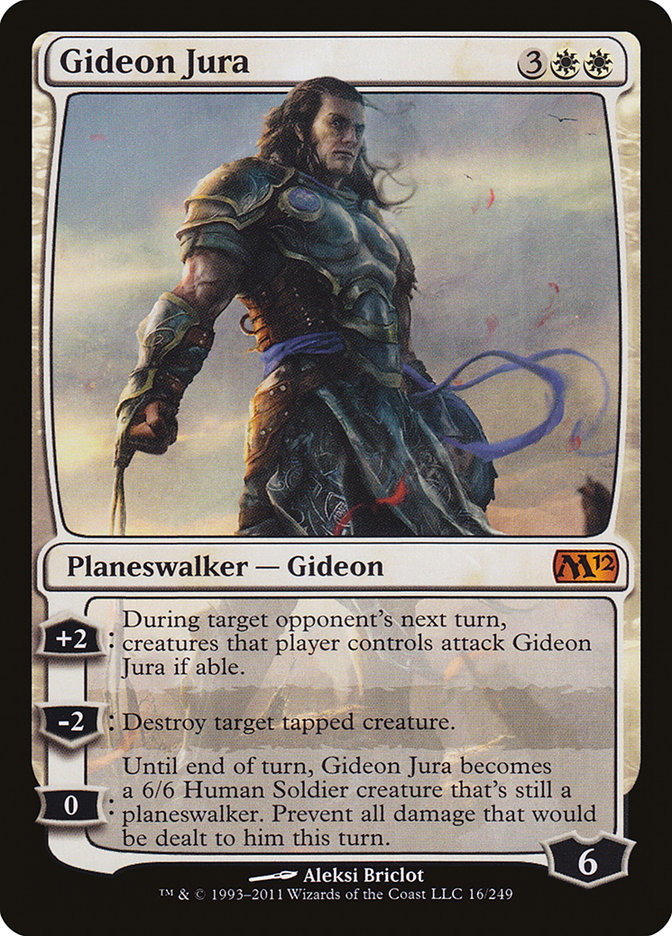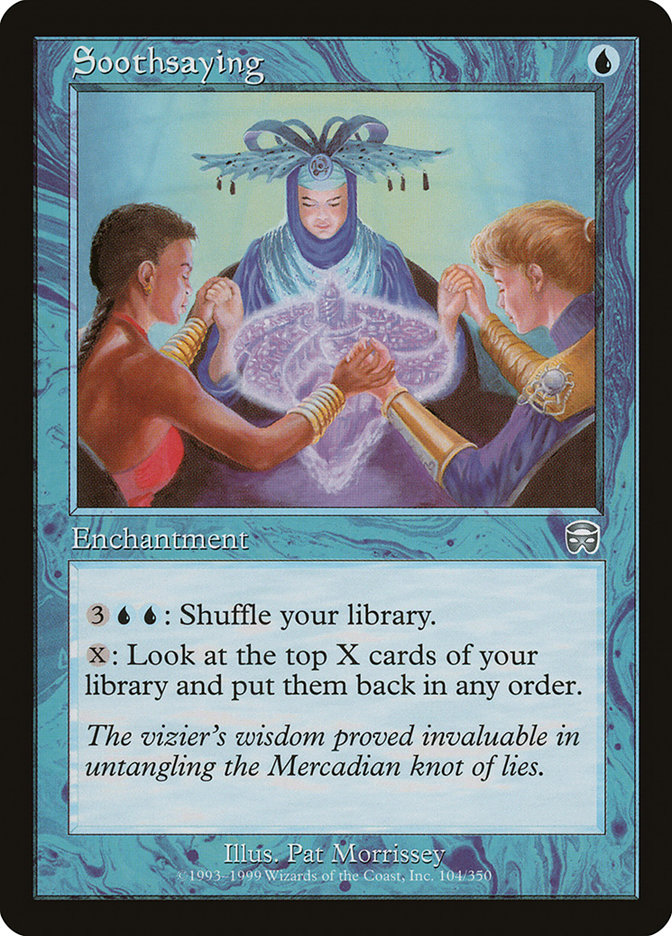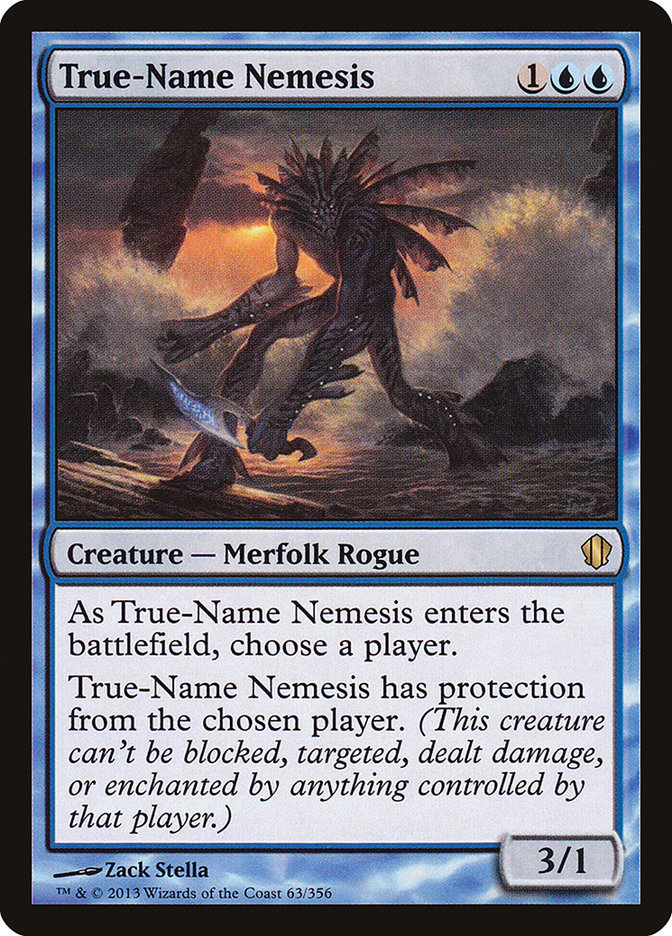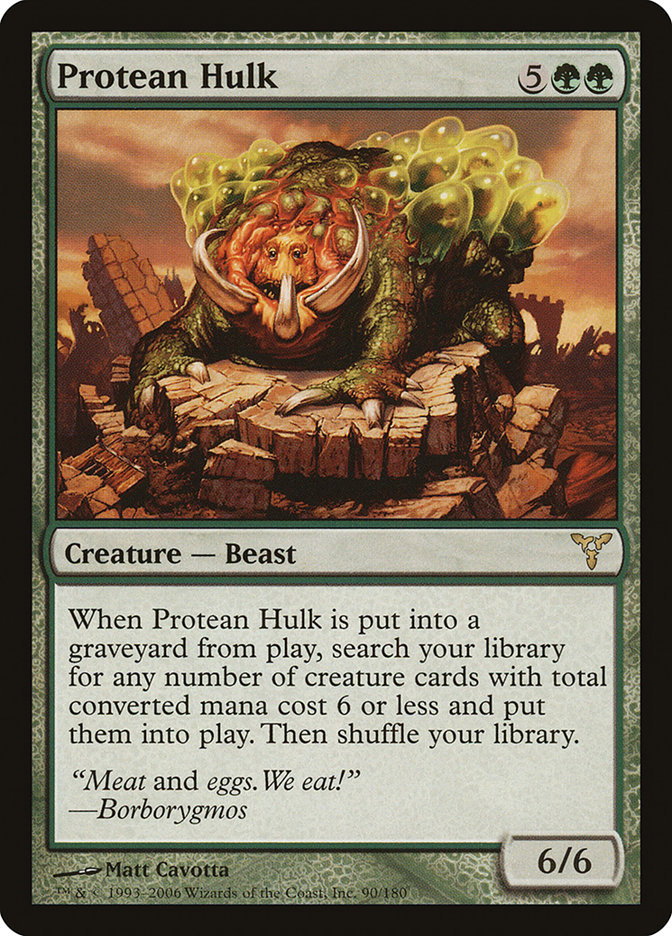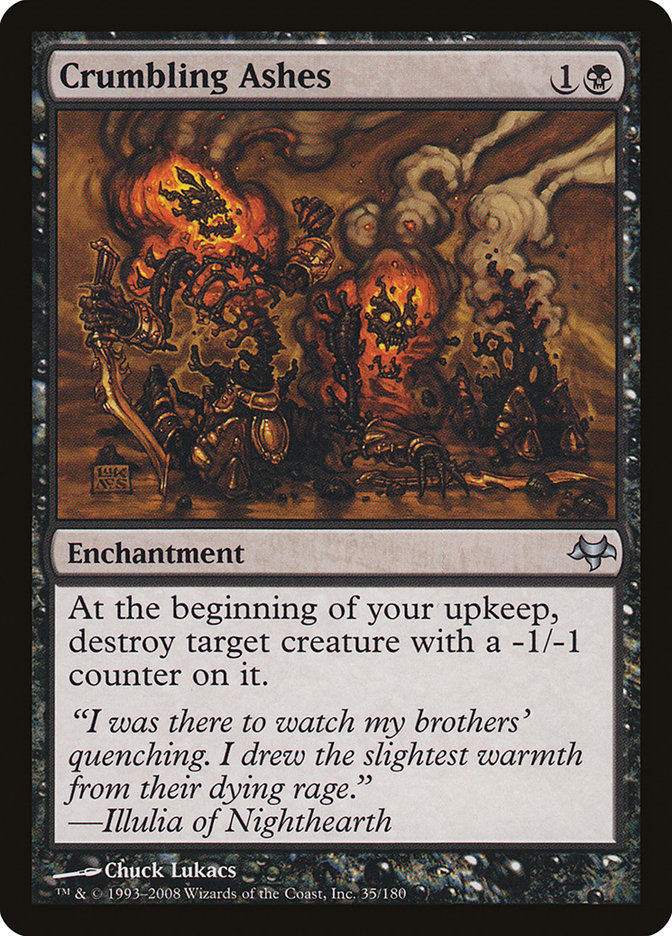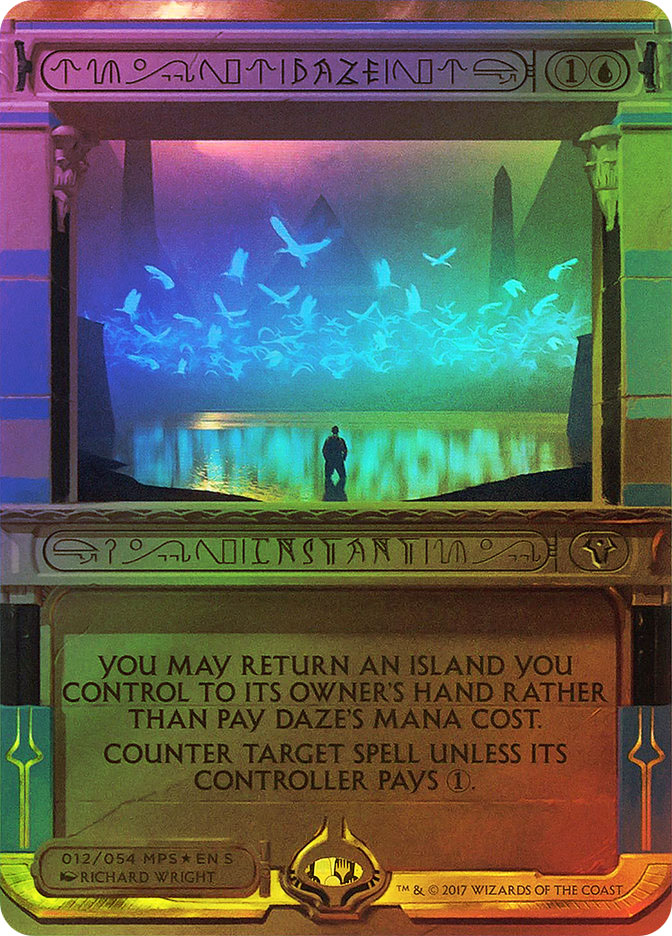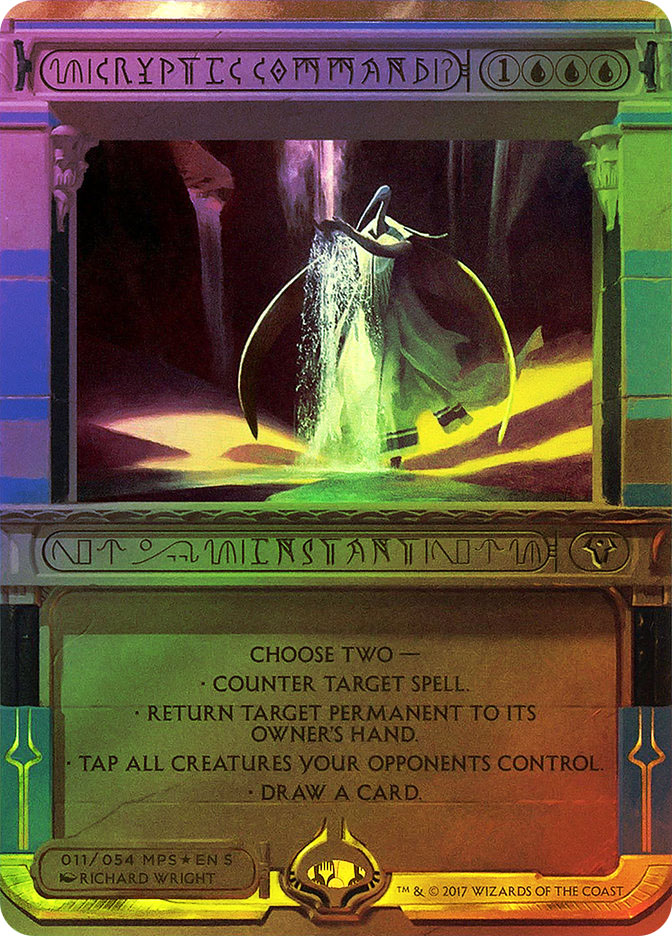Wow. So, uh, who saw that emergency ban coming?
I’m not going to spend too much time trying to break down WotC’s logic here—I covered the topic pretty extensively last week—but it’s worth spending a few minutes discussing a couple of points that might prove relevant in the future.
First off, I think the decision was based on a combination of community reaction and some sort of internal data. I doubt WotC would have done anything just to appease the angry horde of complainers on social media, but I’m sure they took the tenor of the player base into consideration once they figured out that Amonkhet was likely to help Saheeli Combo instead of hindering it. Knowing that five weeks of nothing but Saheeli would be both brutal and demoralizing, they pulled the trigger immediately.
To me, their big mistake (besides not catching the combo during R&D) was not banning the combo back in January alongside Smuggler’s Copter and friends. Heck, they axed Reflector Mage based on potential, not performance: a fourth card could have easily been added to that list, especially since many players expected it to happen back then.
We still don’t have enough data to say whether this season is going to be n Ravager-esque blip on R&D’s radar or if WotC is going to start banning cards in Standard more aggressively from now on. I still believe that Wizards is far less likely to ban cards in Standard than the player base thinks it is, a disparity that is only going to grow thanks to this emergency ban. For the next couple of cycles, a certain faction of the community will be loudly calling for the best cards to be banned as soon as the format gets even slightly stale. I suspect they’ll be quite upset when they don’t get their wish.
Financially, this could lead to some really nice buying opportunities leading up to each B&R announcement. If enough people panic-sell their cards due to ban fears, you might be able to make some good money by buying staples right before the deadline and flipping them as soon as the announcement passes. This technique is likely to be even more effective when trading, as you might be able to score some sweet bargain on Standard’s best cards because of this fear.
Analyzing SCG Atlanta
This was not a normal first week for a new Standard format. Felidar Guardian wasn’t banned until Wednesday night, so that The SCG Tour players travelling to Atlanta only had two (!) days to prepare for an entirely new format. It’s hard enough reacting to a massive format shift without having your prep time slashed to 72 hours.
As a result, many of SCG Atlanta’s players were priced into playing whatever they were going to run already—assuming they didn’t have Saheeli Combo sleeved up, of course. This meant that Mardu Vehicles—the previous format’s only other Tier 1 deck—was always going to end up being a large part of the Day 1 metagame. Additionally, B/G was an obvious backup choice. It was a very good deck before Saheeli Combo took over, and it has a fairly good matchup against Mardu.
Going into the weekend, then, there were three big questions that I wanted the answers to:
1) How well would the known decks (Mardu and B/G) perform now that Saheeli Combo is gone?
2) What new cards from Amonkhet would prove themselves solid additions to those two decks?
3) What new decks would show up, and how well would they perform?
SCG Atlanta provided a clear answer to my first question.
Mardu Vehicles was the most popular deck on Day 2, five copies made it into the Top 8, and both of the decks in the finals were Mardu. Does this mean that Mardu is destined to dominate the format from now on? I doubt it. Remember, Mardu was always going to be a major force going into this event due to the odd circumstances of the ban, and many players didn’t have a chance to recalibrate their strategy to a post-Saheeli world.
That said, Mardu is now the deck to beat. Its transformative sideboard gives it a solid gameplan against both aggro and control, making it almost impossible to be hated out of the format. Gideon, Ally of Zendikar and Heart of Kiran are still really powerful cards, no matter what develops around them, and I don’t see that changing.
Creatures (18)
- 2 Archangel Avacyn
- 4 Thraben Inspector
- 2 Thalia, Heretic Cathar
- 4 Scrapheap Scrounger
- 4 Toolcraft Exemplar
- 2 Walking Ballista
Planeswalkers (4)
Lands (25)
Spells (13)

Most of the Mardu Vehicles decks at the top tables were very close to their pre-Amonkhet builds. Glorybringer showed up as a two-of in a couple of them, Cast Out was a popular sideboard card, Cut//Ribbons made a couple of appearances, and Dusk//Dawn was a nice two-of in Hunter Nance’s sideboard, but that was it. I’ll be interested to see how things develop from here, but there aren’t any must-buys on that list for now. Glorybringer is an incredibly powerful Magic card, but its spec ship sailed weeks ago—at $12, I’m staying far away.
If you want to target any of these cards, go with Cut//Ribbons. It seemed to overperform all weekend, and sorcery-speed removal is much stronger now that you don’t have to worry about being comboed out at instant speed.
Creatures (15)
- 2 Tireless Tracker
- 2 Ishkanah, Grafwidow
- 4 Grim Flayer
- 2 Gonti, Lord of Luxury
- 1 Noxious Gearhulk
- 3 Walking Ballista
- 1 Manglehorn
Planeswalkers (4)
Lands (23)
Spells (18)

Brennan DeCandio’s G/B Delirium deck didn’t make it out of the quarterfinals, but it’s still a decent place to start if you want to explore that color combination. His build of Delirium was also quite light on Amonkhet cards, but there were four copies of the underrated Never//Return between the maindeck and sideboard. This is another spell that looked quite good in game action, and I expect its price to start ticking up this week.
It’s also nice to see Liliana, the Last Hope and Ishkanah, Grafwidow back at the top tables—without Saheeli making millions of Cats, you can tap out for cards like these again. Both could see gains as the format moves back toward green and black.
You know what’s more exciting than the return of an old deck? A brand-new one! Zach Stern decided to take on Mardu by trying to go faster than the midrange Vehicles strategy could handle, a decision that propelled him into the Top 8. His W/R Humans build got him all the way to the semifinals before faltering, and the deck looked very good all day. Check it out:
Creatures (30)
- 4 Expedition Envoy
- 4 Thraben Inspector
- 4 Thalia's Lieutenant
- 4 Town Gossipmonger
- 4 Hanweir Garrison
- 2 Metallic Mimic
- 4 Glory-Bound Initiate
- 4 Honored Crop-Captain
Lands (9)
Spells (21)
Sideboard

Financially, several cards jump out at me instantly: Hanweir Garrison, Declaration in Stone, Thalia’s Lieutenant, and Glory-Bound Initiate. These are all four-ofs, and they’re all $2 or less right now. If the deck takes off—and it might—these spells could all end up in the $4-$5 range.
Personally, I’d focus on Glory-Bound Initiate and Declaration in Stone. The Initiate is a new card, which means that it has the best chance of developing the kind of hype that leads to a price spike. Declaration in Stone is a longer shot, but it’s following the theme of the weekend: sorcery-speed removal is much better without Felidar Guardian around. Declaration has also proven itself to be outstanding in previous Standard formats.
Regardless, this is a very cheap deck to build other than the sideboard Gideons. It’s been a while since we’ve had something this affordable as a potential Tier 1 brew, so I’d expect modest gains across the board all next week.
Our Top 8 rounded out with Caleb Scherer’s Mono-Black Aggro deck. It didn’t make it out of the quarterfinals, but that doesn’t mean it isn’t going to be a part of Standard going forward. Take a look:
Creatures (24)
- 4 Scrapheap Scrounger
- 4 Night Market Lookout
- 4 Glint-Sleeve Siphoner
- 4 Walking Ballista
- 4 Dread Wanderer
- 4 Bone Picker
Planeswalkers (3)
Lands (20)
- 18 Swamp
- 2 Aether Hub
Spells (13)

Never//Again makes an appearance here as well, and I fully expect it to be the go-to black removal spell for the foreseeable future. Make sure you have your set ASAP. Ditto Liliana, the Last Hope, which could end up over $40 if it settles into multiple good decks. Dread Wanderer is an intriguing buy at $2, and Glint-Sleeve Siphoner is just a buck—you could do worse.
Looking just beyond the Top 8, we have a brew that is surely going to be the talk of many a rogue brewing article this week. Here’s Jason Bennett’s U/R Thermo-Alchemist build:
Creatures (12)
Planeswalkers (2)
Lands (9)
Spells (37)
- 10 Mountain
- 4 Island
- 3 Shock
- 4 Fiery Temper
- 2 Lightning Axe
- 2 Tormenting Voice
- 4 Fevered Visions
- 4 Incendiary Flow
- 4 Collective Defiance
Sideboard

I’m not sure that U/R Thermo-Alchemist is ever going to be more than a way to take people by surprise, but Collective Defiance and Fevered Visions are both $1 four-ofs if you’re feeling lucky. Chandra, Torch of Defiance is the only mythic in this list, and $25 is fine if you’re building this deck yourself.
If I was building a challenge for Mardu Vehicles, I might just go with a B/W Zombies deck similar to what Zac Caudillo brought to the table. Here’s the build:
Creatures (30)
- 2 Relentless Dead
- 4 Diregraf Colossus
- 4 Cryptbreaker
- 4 Scrapheap Scrounger
- 4 Lord of the Accursed
- 4 Plague Belcher
- 4 Dread Wanderer
- 4 Wayward Servant
Planeswalkers (2)
Lands (20)
Spells (8)

B/W Zombies did a good job pressuring Gideon, Ally of Zendikar all weekend. Cryptbreaker would have been my favorite buy if it were a bit cheaper, but it’s sold out at $4 already, so there’s not much room for growth. Ditto Relentless Dead, which is already up to $10.
Liliana, the Last Hope is here yet again, and she might really be the key to all of these strategies. I’d grab a few copies of that card ASAP if you’re planning on running black this season. Plague Belcher might pay off at $2 if you want to go deep, but I’m too worried about it being a one-deck wonder to make that move myself.
Aetherworks Marvel was not a card that could be played in a format with Saheeli Combo, so it wasn’t a surprise to see it make a comeback this week. Here’s the Temur build that William Heise piloted to a fifteenth-place finish:
Creatures (16)
Planeswalkers (3)
Lands (22)
Spells (19)
- 4 Aetherworks Marvel
- 4 Woodweaver's Puzzleknot
- 4 Harnessed Lightning
- 4 Attune with Aether
- 1 Baral's Expertise
- 2 Bounty of the Luxa
Sideboard

There aren’t a lot of Amonkhet cards here, but Bounty of the Luxa is the exact sort of effect that Aetherworks Marvel needs to be consistent. I’m still skeptical that Ulamog, the Ceaseless Hunger is a good enough top-end to deal with this deck when it draws poorly, but if you believe that Bounty will push it back into the format’s top tier, you should consider investing in Aetherworks Marvel. It’s the deck’s flagship mythic and it’s just $4 right now. It’ll end up back over $10 if the deck starts doing well again.
Control strategies always take longer to develop than aggro and midrange decks, but the strategy wasn’t completely absent from the top tables. My friend Matt Wright, the pride of Wilmington, North Carolina, finished sixteenth with a sweet little Jeskai brew:
Creatures (4)
Lands (21)
Spells (35)

I don’t know what control is ultimately going to look like in this format, but I’d be surprised if it doesn’t start with Torrential Gearhulk, Cast Out, and Censor. There isn’t much financial action to take here, but Linvala, the Preserver and Sphinx of the Final Word are interesting sideboard choices. Both are bulk mythics with a shot to be more if they end up seeing even a slight uptick in play. I’m in for a set of each.
We heard rumblings about U/R Emerge all last week, and Zach Voss took the deck all the way up to eighteenth place. Here it is:
Creatures (21)
- 4 Prized Amalgam
- 4 Stitchwing Skaab
- 1 Wretched Gryff
- 4 Elder Deep-Fiend
- 4 Advanced Stitchwing
- 4 Bloodrage Brawler
Lands (23)
Spells (16)
Sideboard

Kozilek’s Return is up to $6 again thanks to the buzz surrounding this deck, and it’ll end up at $8-$10 again if it ends up catching on. I also still love Prized Amalgam as both a short- and long-term spec—it’s good in multiple formats, giving it a high floor as well as a really intriguing ceiling.
The last deck I want to look at today is the latest version of G/R Energy. Here’s Mac Bower’s nineteenth-place list:
Creatures (26)
- 4 Tireless Tracker
- 4 Longtusk Cub
- 4 Voltaic Brawler
- 4 Bristling Hydra
- 4 Greenbelt Rampager
- 4 Glorybringer
- 2 Rhonas the Indomitable
Planeswalkers (2)
Lands (12)
Spells (20)

This is the fourth different deck in this article featuring Glorybringer, which lends even more credence to the idea that it’s going to end up being one of the key staples in Amonkhet. You can trade yours away if you’d like—it’s hard for any rare to stay over $10 for long—but do so with the understanding that the card is almost certainly the real deal.
On the other hand, this is the first time we’ve seen Rhonas the Indomitable. Wait—wasn’t that card supposed to be a major player in the new Standard? I still think it will be, but it may take a few weeks to find a home. Remember: when Eldritch Moon came out, Crush of Tentacles made an immediate splash while Emrakul, the Promised End was MIA until the Pro Tour.
The important lesson, as always, is not to overreact to any of these decks or results. They’re the result of a very small testing window and a mostly unprepared group of players. Will Mardu Vehicles end up being oppressive? Will one of these new decks end up making the leap into the format’s top tier? It’s just too early to say.
This Week’s Trends
The Modern index was pretty quiet last week as the community focused their collective interest on the fresh Standard format. Chalice of the Void, Cryptic Command, Pact of Negation, Verdant Catacombs, and Lava Spike all made minor gains. Krark-Clan Ironworks, Surgical Extraction, Quillspike, Street Wraith, and Kolaghan’s Command all dropped a little. These are all fairly normal fluctuations, and I wouldn’t read too much into any of them.
The biggest Modern spike of the week happened to our old friend Gideon Jura, who is now almost impossible to find under $15. You can thank SaffronOlive and his Gideon Tribal deck for this spike, which seems to happen no matter what crazy concoction he brews up. It’s a fun deck, but expect Gideon to fall back towards $10 once the casual world moves on to next week’s flavor.
There was a little more excitement in Legacy, mostly as a result of last week’s Divining Top ban. Soothsaying doubled in price like I suspected, but I’d still suggest staying away. The card is just not good enough to replace Sensei’s Divining Top in any sort of competitive context. On the other hand, True-Name Nemesis’s gains are a lot more sustainable. Without Terminus in the format, I wouldn’t be surprised if it ends up at $50 by this time next year.
Now that Protean Hulk is legal in Commander, it has settled in around $25 like I expected. This is a sustainable figure, as the card is both very scarce and very powerful. I wouldn’t trade or sell my copies for a dime under retail, and don’t forget to check those ratty old binders at your LGS for forgotten copies.
Also up this week: Crumbling Ashes, which jumped from a post-spike $5 to a post-post-spike $20. Wow! This time, it isn’t Modern speculation causing the jump but real-world Commander demand thanks to new casual darling Hapatra, Vizier of Poisons. There are some really juicy secondary specs in this deck that might make someone a lot of money. Blowfly Infestation is my favorite: it’s an auto-include that has only been printed once, way back in Shadowmoor. I also like Necroskitter, Black Sun’s Zenith, Midnight Banshee, Flourishing Defenses, and Seshiro the Anointed.
Did you know that the Amonkhet Invocations are about 10% more common than the Kaladesh inventions were? It’s true. According to the figures printed on the packs themselves, Amonkhet Invocations show up in roughly one out of every 138 booster packs versus one out of every 154 packs in Kaladesh. This isn’t huge news, but you should probably adjust your final price expectations for these cards down about 10% from where you thought they’d end up—not great news for a set of already polarizing promos.






